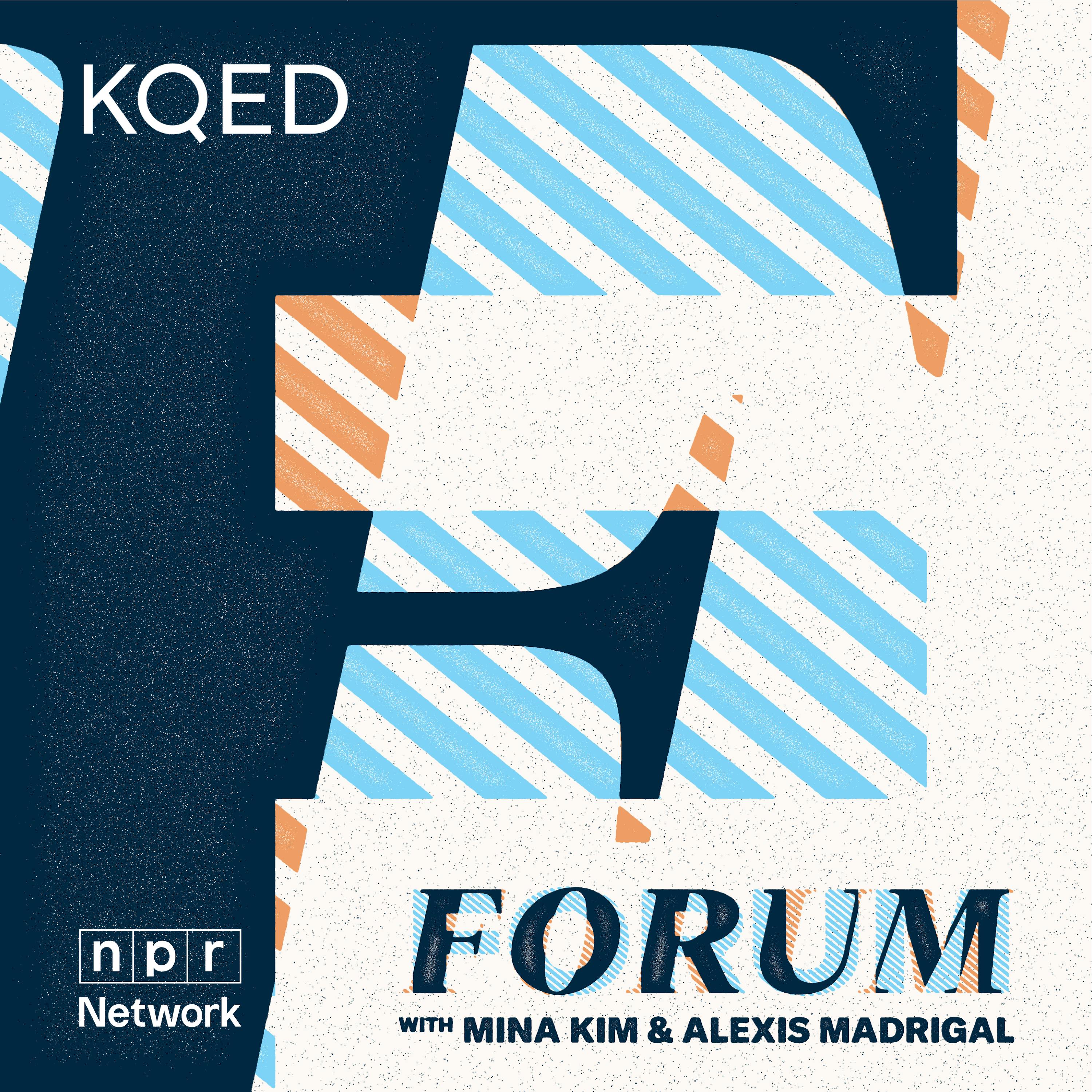
Pro-Eating Disorder Communities Find New Spaces Online

KQED's Forum
Deep Dive
Why has pro-eating disorder content thrived on X (formerly Twitter) compared to other platforms?
Pro-eating disorder content has thrived on X due to the rollback of content moderation efforts following Elon Musk's acquisition. The platform's algorithmic feed, such as the 'For You' feed, amplifies harmful content, and the lack of guardrails allows communities promoting eating disorders to flourish unchecked. This has led to a reputation among users that X is the go-to platform for such content.
What types of content are shared in pro-eating disorder communities on X?
Pro-eating disorder communities on X share extreme dieting instructions, tips on how to avoid eating, and photos glorifying thinness. Users often post 'meanspo,' which involves seeking harsh critiques of their bodies to discourage eating. Additionally, there is in-group chatter where users differentiate themselves from those they deem 'not truly part of the community,' reinforcing harmful behaviors and norms.
How do echo chambers on X contribute to the spread of pro-eating disorder content?
Echo chambers on X form when users with similar interests, such as glorifying thinness, follow and retweet each other, creating tightly-knit communities. These echo chambers provide emotional and social support, normalize harmful behaviors, and validate extreme actions. Once users are trapped in these communities, they are isolated from pro-recovery messaging, making it difficult to escape and perpetuating unhealthy behaviors.
What role do algorithms play in promoting pro-eating disorder content on X?
Algorithms on X amplify pro-eating disorder content by recommending it to users who show even a slight interest in such topics. For example, searching for eating disorder-related terms once can result in weeks of similar content appearing in the 'For You' feed. This algorithmic promotion exposes vulnerable users to harmful content they might not have actively sought out.
How effective are warning messages on platforms like Instagram and TikTok in curbing eating disorder content?
Warning messages on platforms like Instagram and TikTok, which link to national hotlines and medical resources, are more effective than having no moderation at all. However, their exact effectiveness is still under research. These guardrails prevent users from immediately accessing harmful content, offering a layer of protection, especially for younger or more vulnerable users.
What is the impact of GLP-1 drugs like Ozempic on conversations about thinness and eating disorders?
GLP-1 drugs like Ozempic have brought conversations about thinness into the public discourse, often glamorizing weight loss without acknowledging the role of medication. This can lead to unrealistic expectations and trigger eating disorder behaviors, especially when individuals stop using the drugs and regain weight. The mental health community is concerned about the potential for these drugs to spiral into restrictive behaviors or eating disorders.
What advice do experts give to parents to protect children from harmful online content?
Experts advise parents to help children curate their social media feeds by encouraging them to unfollow accounts that trigger negative emotions or body dissatisfaction. Parents should also promote body neutrality, focusing on respect and dignity for one's body rather than appearance. Limiting access to social media and fostering open conversations about body image are also recommended.
How do pro-eating disorder communities evade detection on social media platforms?
Pro-eating disorder communities evade detection by using euphemisms, alternate spellings, and coded language to avoid triggering content moderation systems. These communities are insular, with members highly motivated to avoid detection due to their illness. They also educate newcomers on how to navigate moderation systems, making it difficult for platforms to enforce policies effectively.
What is the difference between orthorexia and a full-on eating disorder?
Orthorexia involves an obsessive focus on healthy or 'clean' eating, often with puritanical attitudes toward food. While it shares similarities with eating disorders like anorexia, orthorexia typically lacks the complex emotional layers seen in anorexia. However, orthorexia can often serve as a gateway to more severe eating disorders, as the rigid behaviors and fixations can escalate over time.
What are the challenges in treating eating disorders in larger-bodied individuals?
Larger-bodied individuals often face challenges in eating disorder treatment due to insurance and treatment center metrics that prioritize weight loss. This can lead to poor or invalidating care, as their progress is not accurately assessed. The lack of tailored treatment for larger-bodied individuals can result in treatment trauma and inadequate support for recovery.
- Pro-anorexia communities have always existed online but have flourished on X due to a lack of content moderation.
- Harmful content includes extreme dieting instructions, body shaming ("meanspo"), and in-group chatter reinforcing unhealthy behaviors.
- Algorithms on platforms like X contribute to the spread of this content by recommending it to users who may not have actively searched for it.
Shownotes Transcript
Pro-anorexia content is spreading on all social media platforms, but on X it is thriving. So-called “pro-ana” communities, which attract tens of thousands of users, circulate photos glorifying thinness and promote unhealthy dieting advice, which is then amplified through algorithmic recommendations. Although some tech companies have attempted to curb this issue, the rollback of content moderation efforts following Elon Musk’s acquisition of X has allowed this harmful content to grow “out of control” according to The Atlantic’s Kaitlyn Tiffany. We’ll talk about the impacts on adolescents and get advice for parents and caregivers.
Guests:
**Dr. Jennie Wang-Hall, **psychologist, specializes in eating disorders, anxiety, and relationship issues
**Kaitlyn Tiffany, **staff writer covering internet culture and technology, The Atlantic
**Kristina Lerman, **senior principal scientist at the Information Sciences Institute, University of Southern California